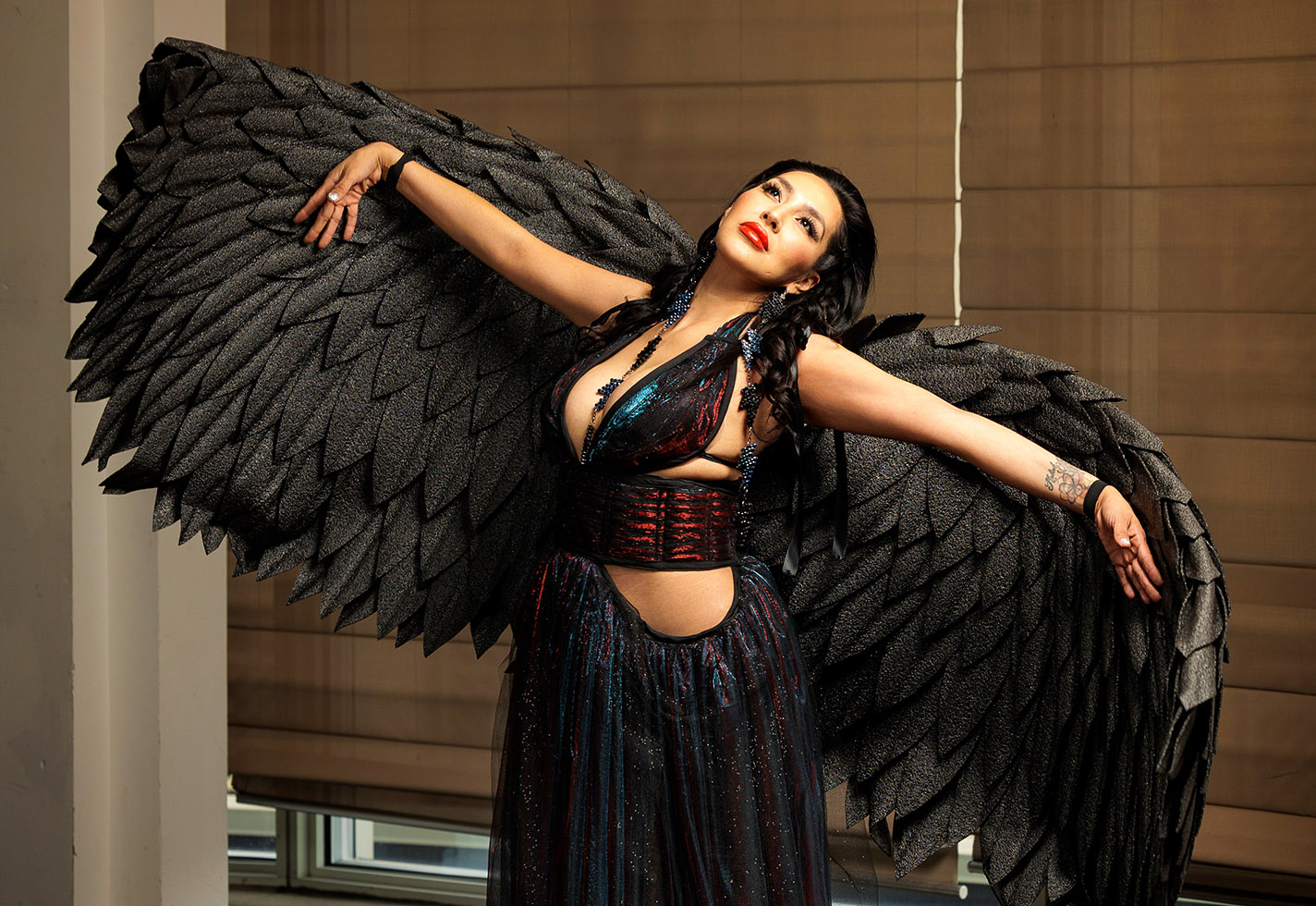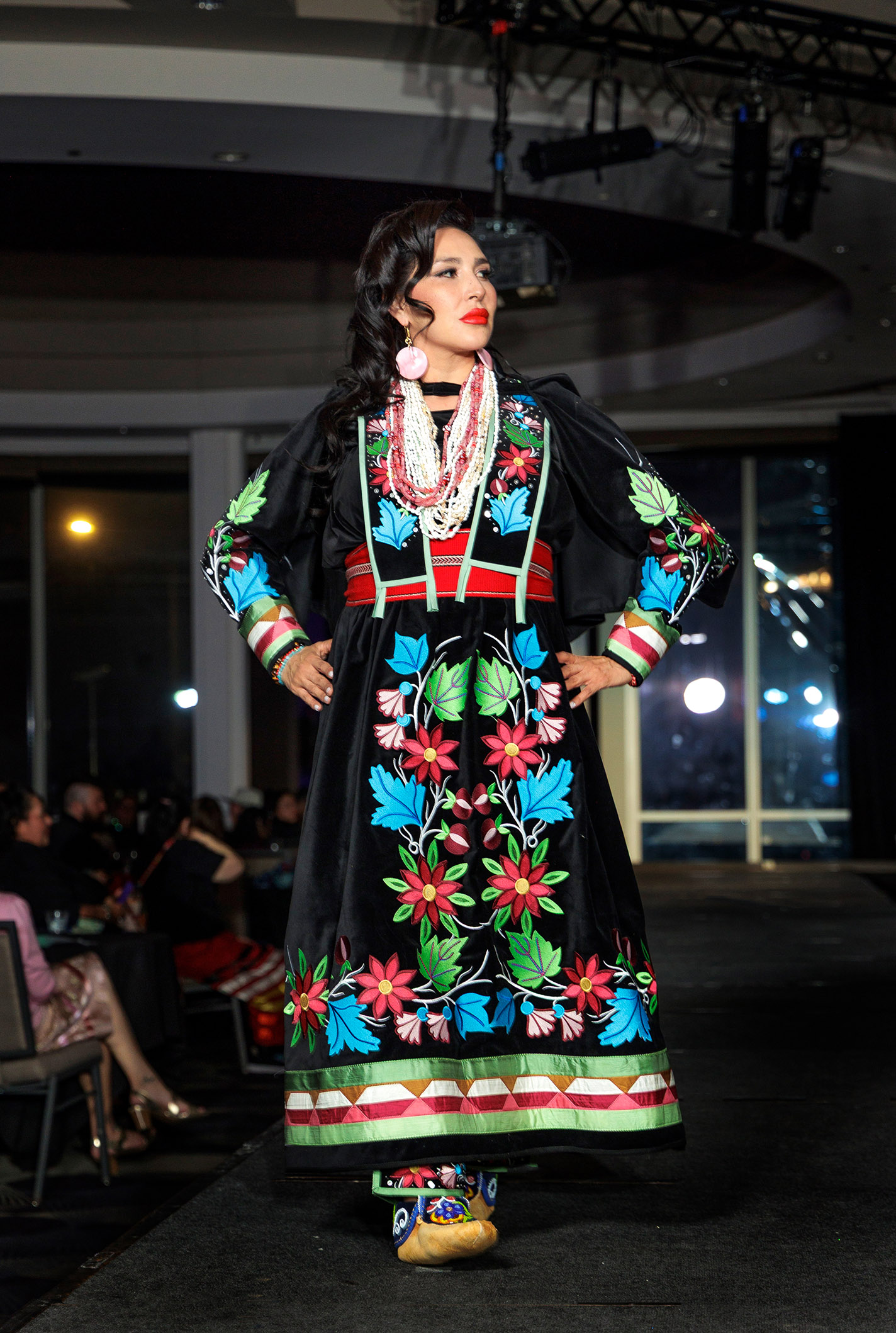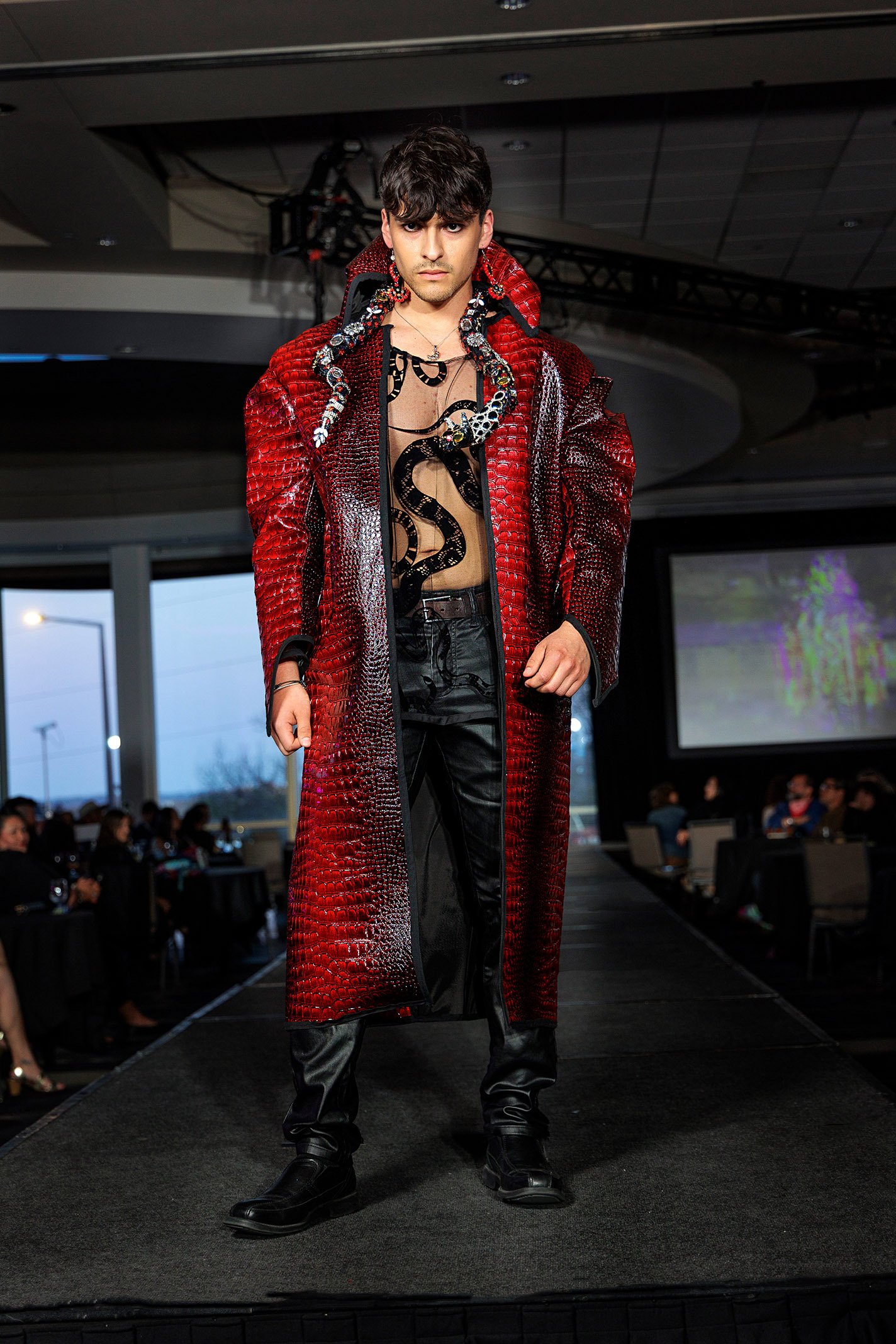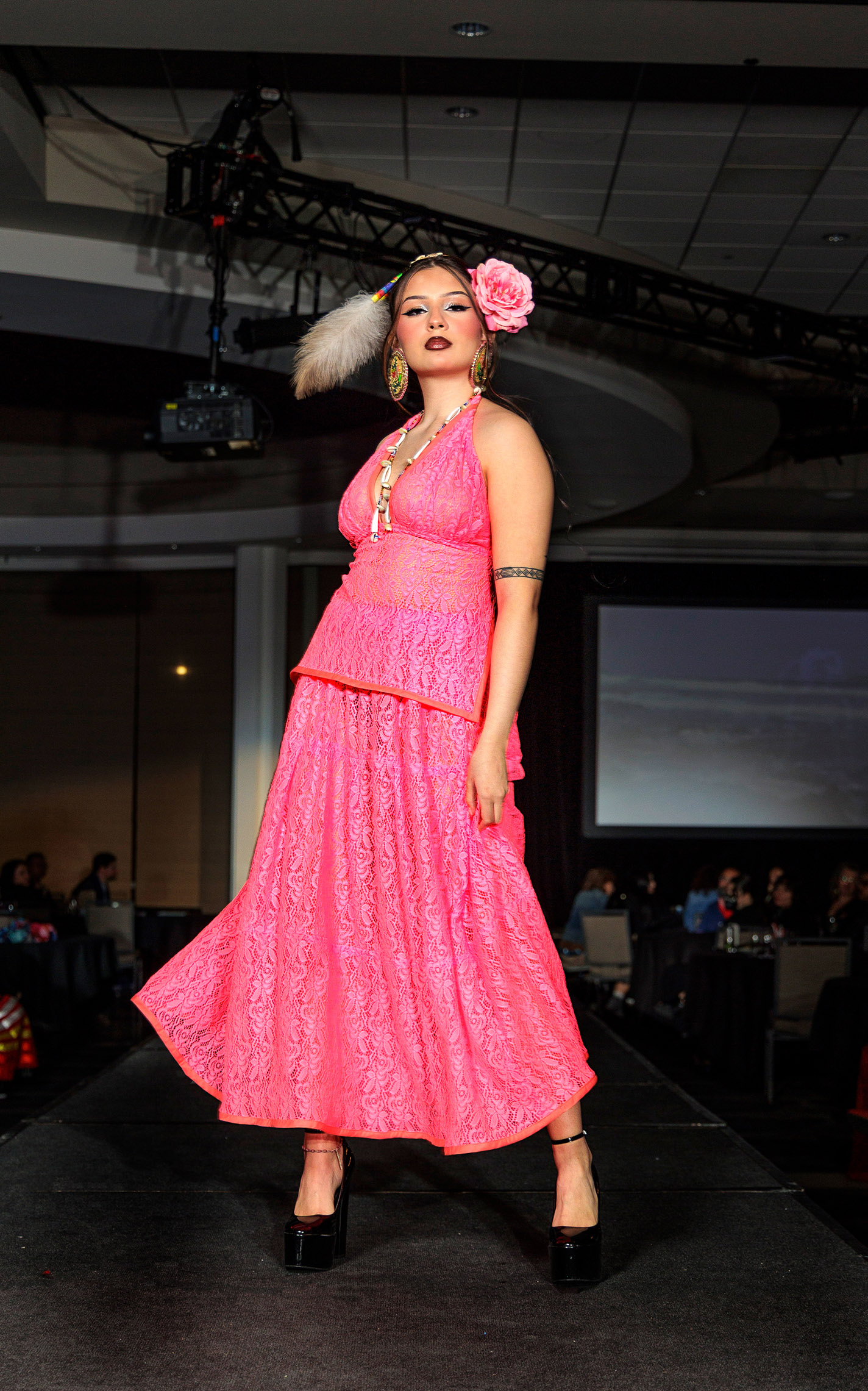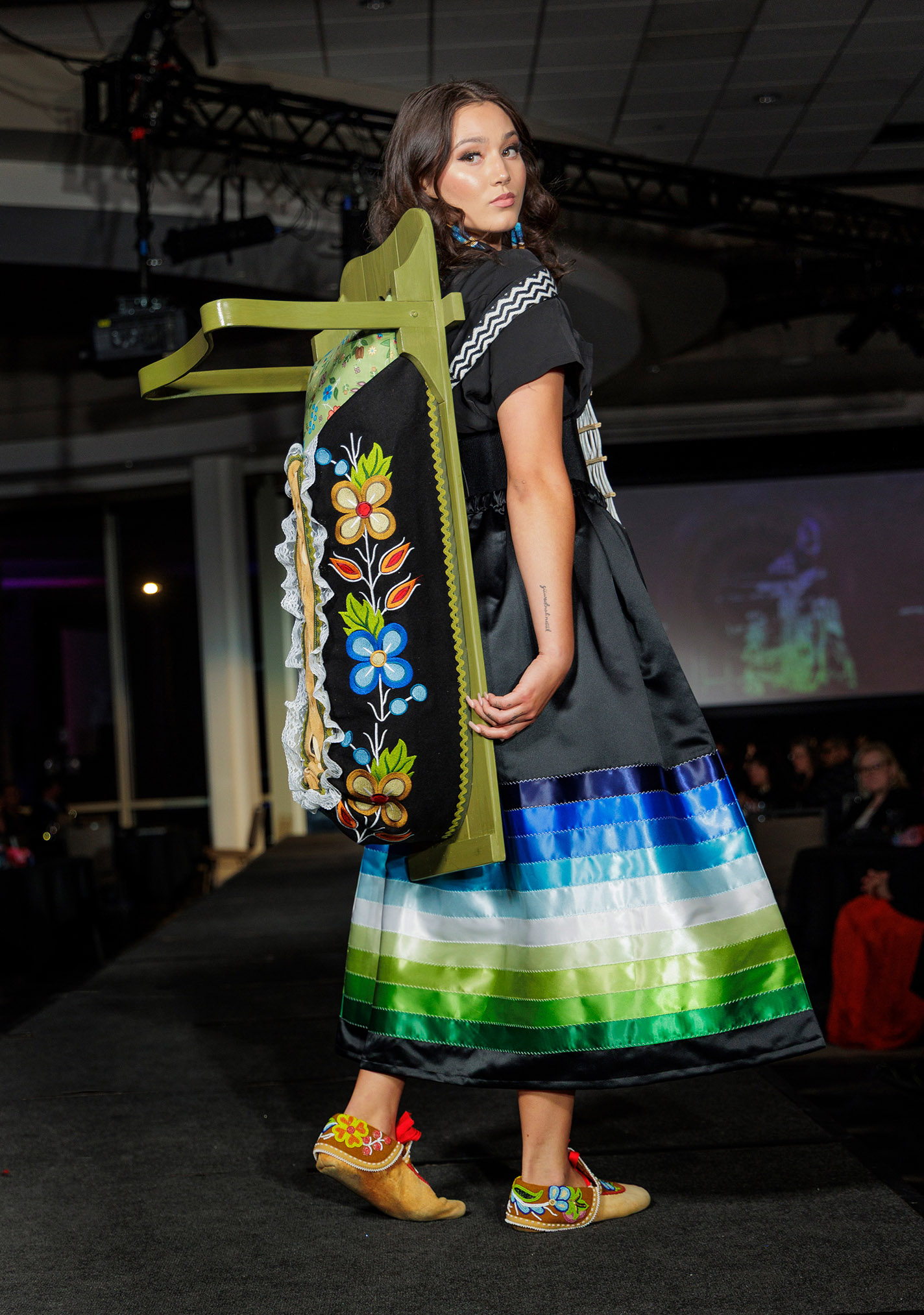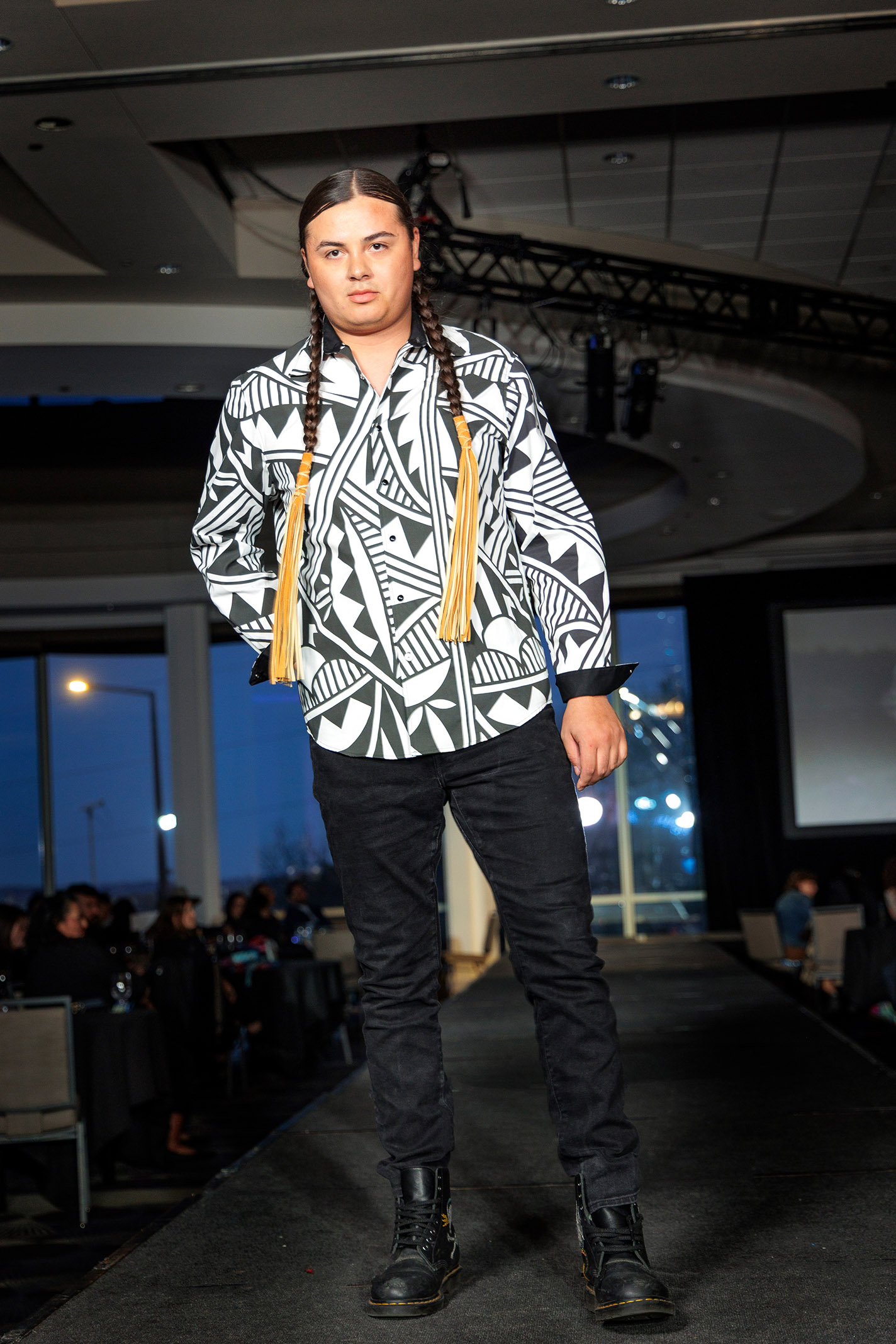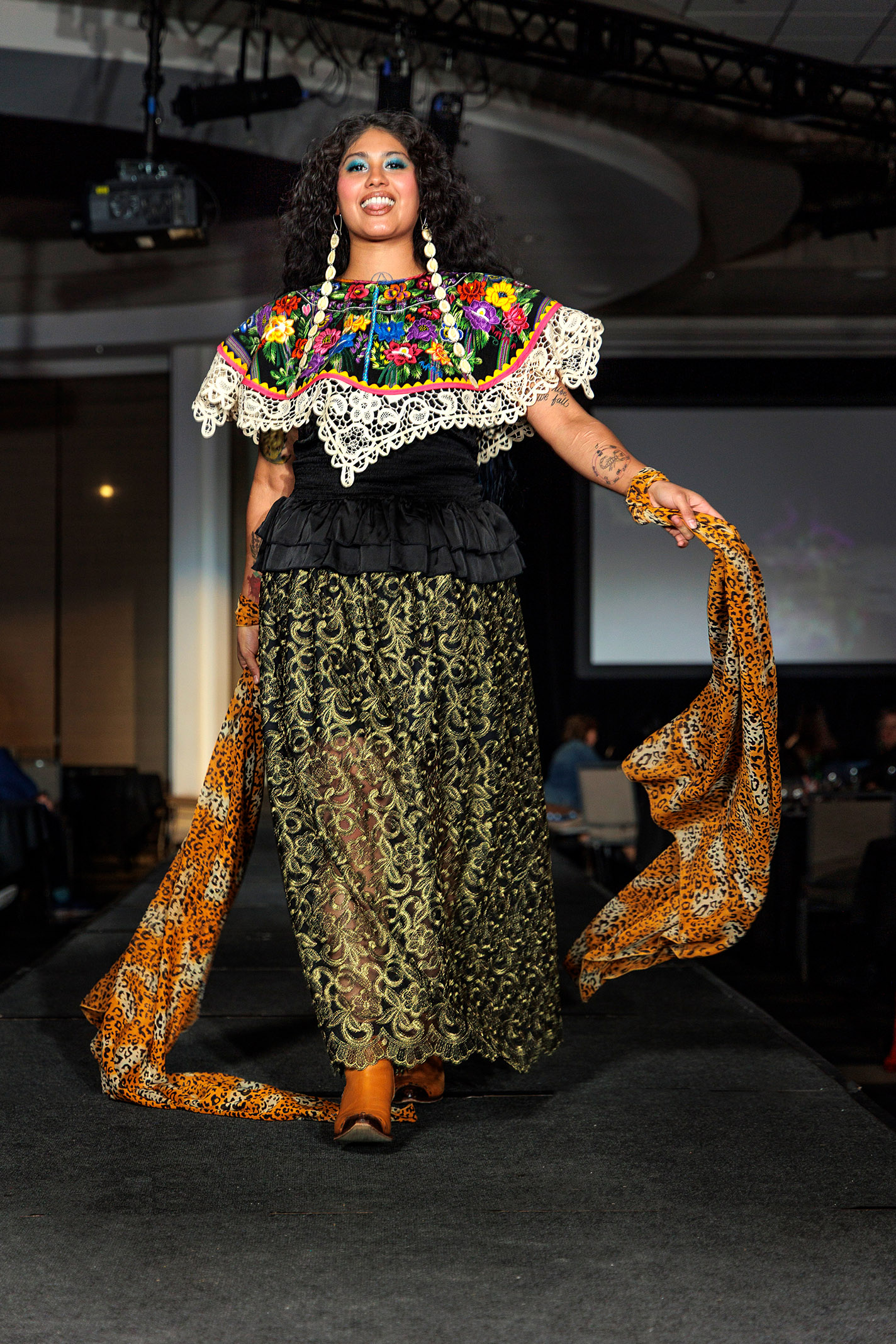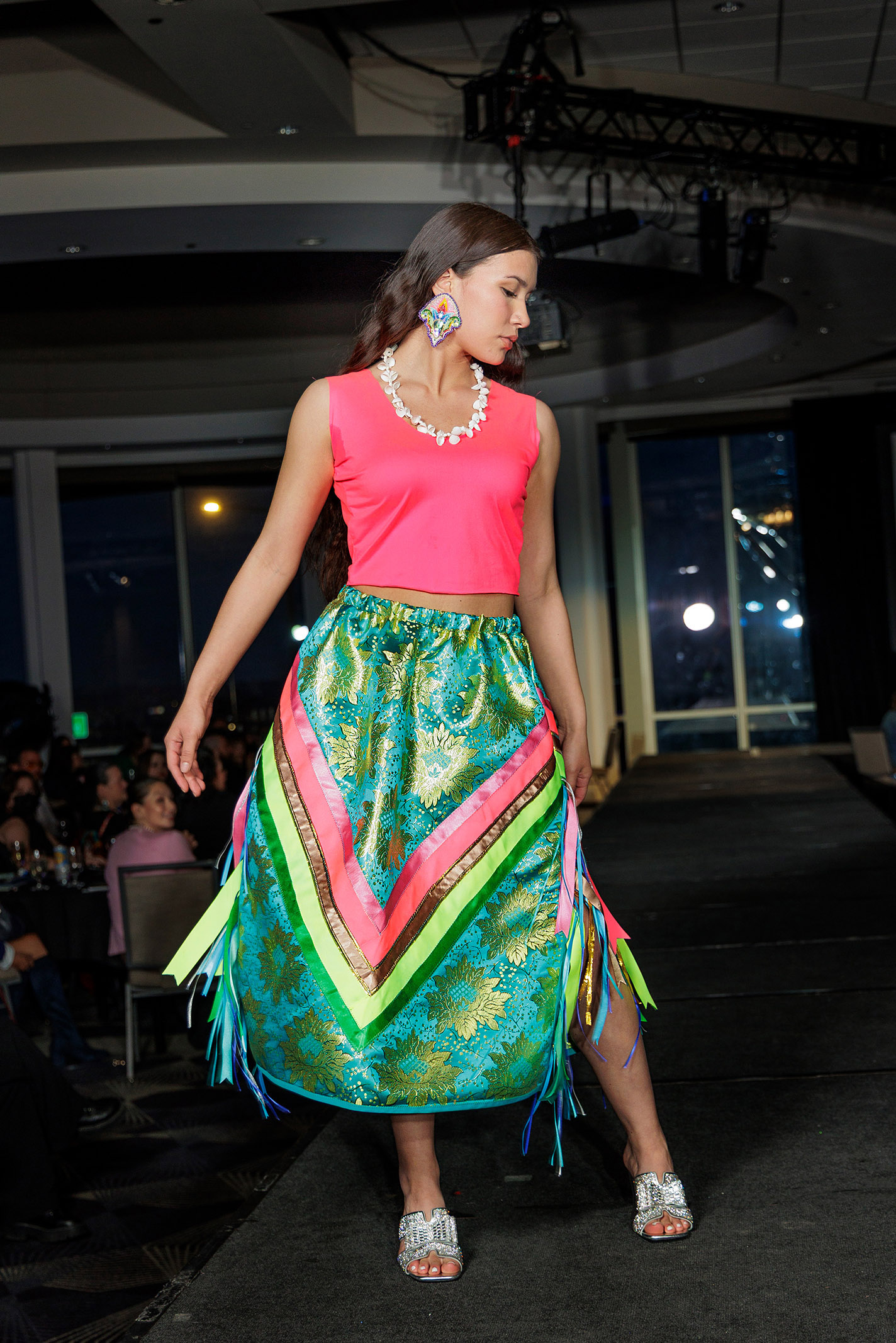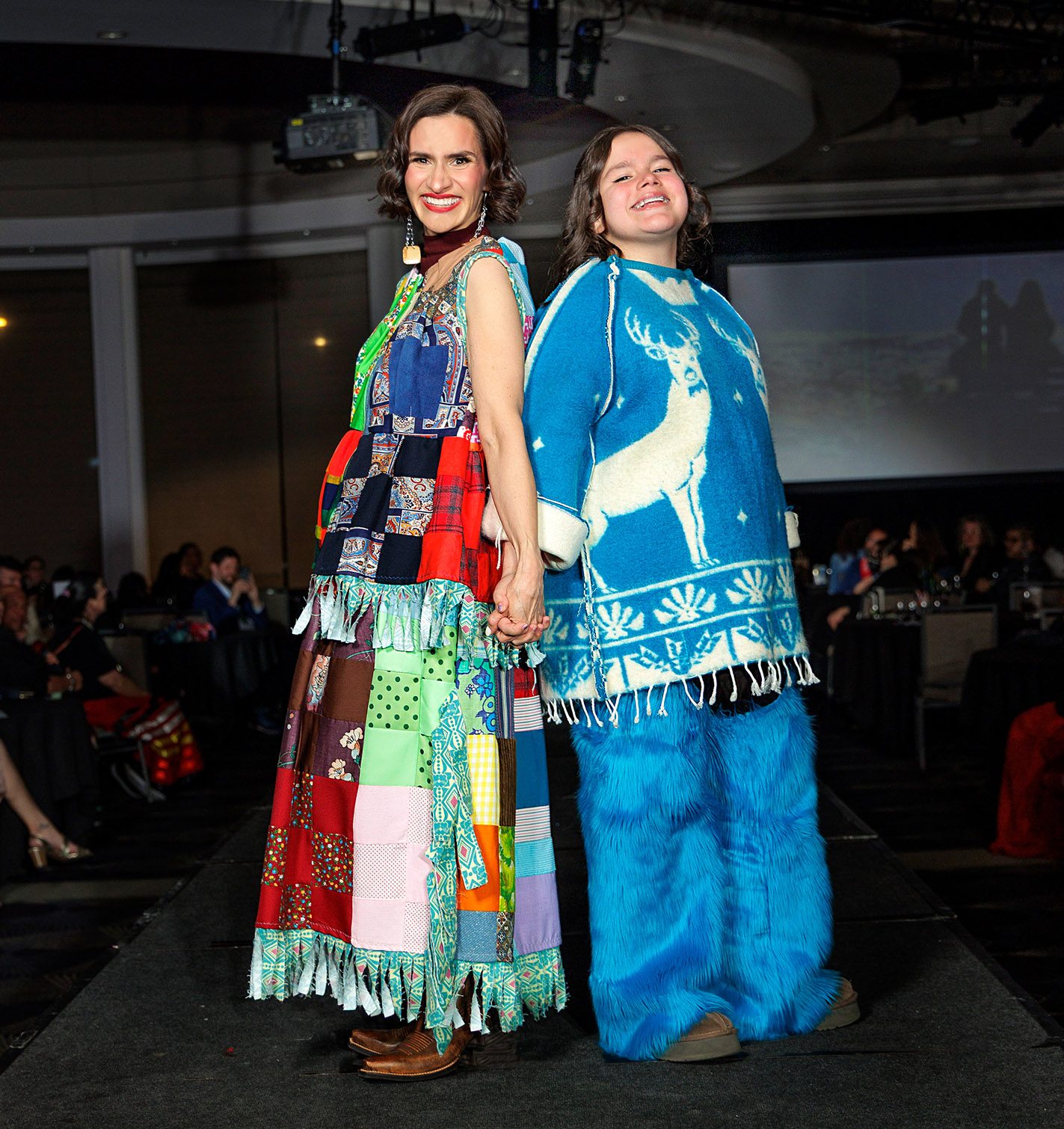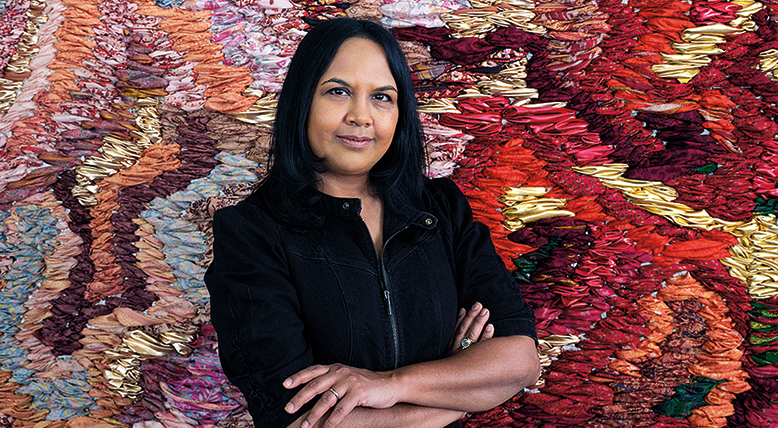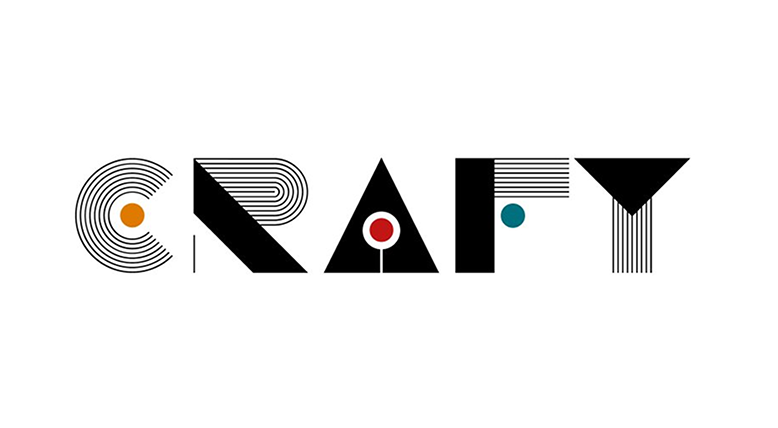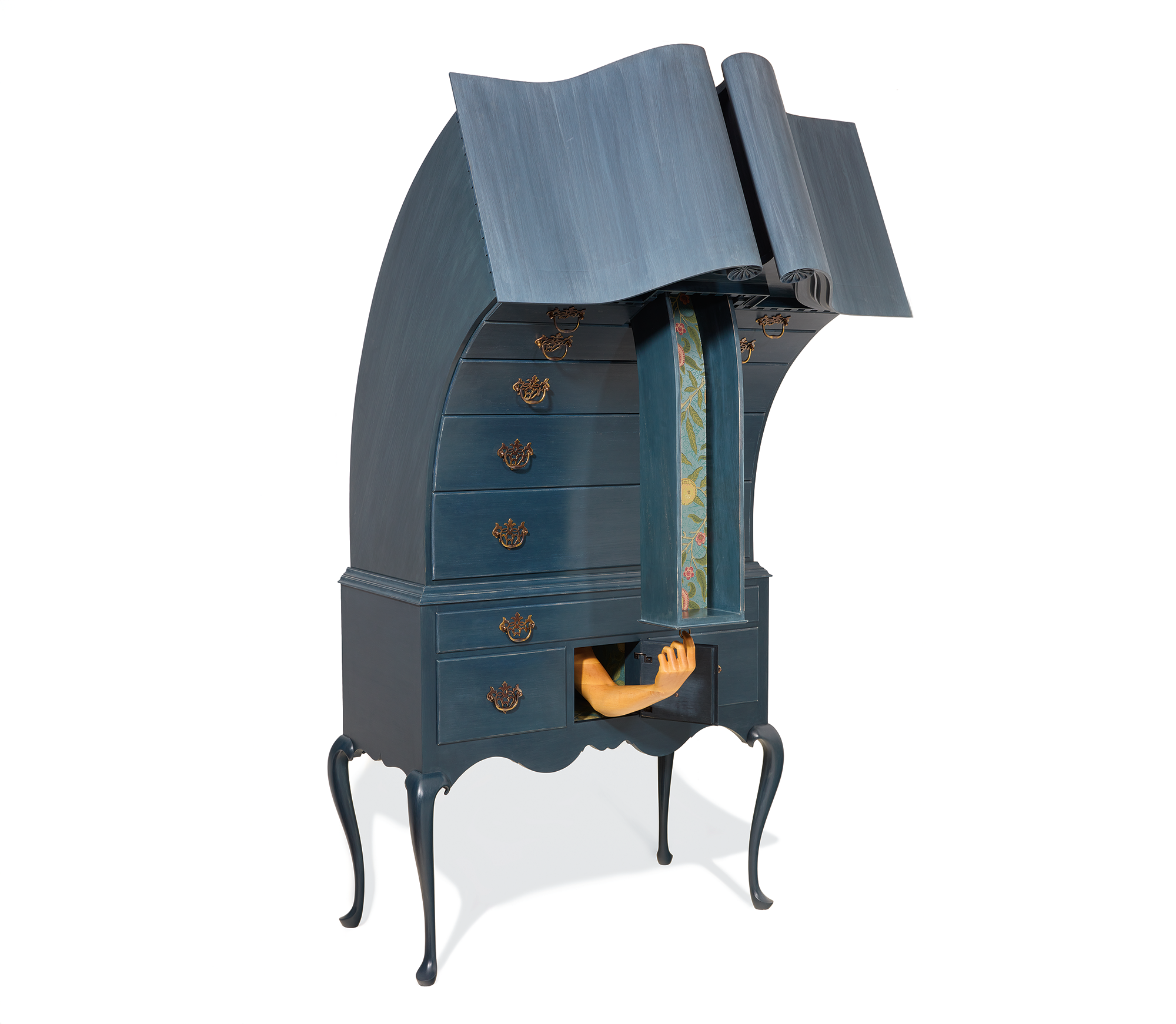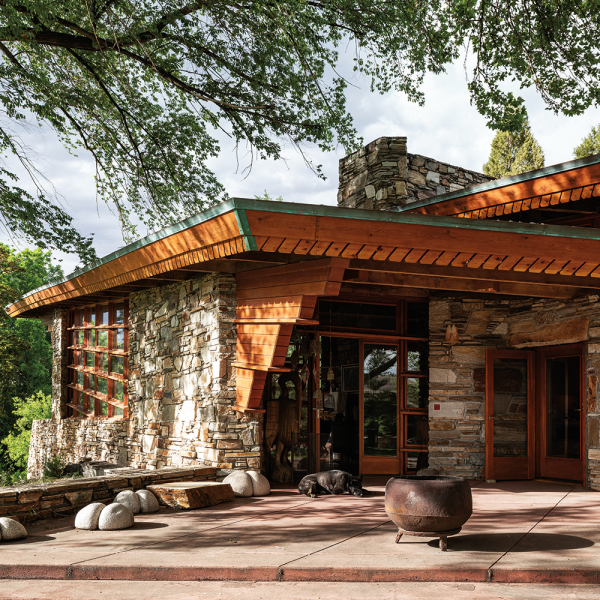Now in its fifth year, Native Nations Fashion Night (NNFN) brought Indigenous excellence to the Twin Cities during the last weekend of April. I was honored to be among those in the audience to take in the stylish soiree, which featured couture looks created by six talented designers from across Turtle Island (how many tribal communities refer to North America), as well as a host of memorable moments, including an official Minnesota state proclamation from Lt. Gov. Peggy Flanagan (White Earth Band of Ojibwe), who presented acclaimed Anishinaabe textile artist, fashion designer, and event founder and producer Delina White (Leech Lake Band of Ojibwe) with a plaque to mark the occasion.
The event brought back sweet memories of the same festive fete back in 2023, which White tapped me to emcee. The theme that night was “Northern Lights,” and the show highlighted designers from both Minnesota and Alaska, including celebrated two-spirit Yup’ik artist Golga Oscar. For me, an Alaska Native Tlingit tribal member who was born in southeast Alaska and grew up in northwestern Minnesota, the evening proved particularly meaningful. In so many ways, it brought together my two homes.
The 2025 edition of NNFN, dubbed “I Am Water / Nibi Indow / Mni Waun,” focused on the life-giving powers of the water that surrounds us and sustains us. Fittingly, the event took place on a Friday at the InterContinental St. Paul Riverfront hotel (thanks to generous support from the Mille Lacs Band of Ojibwe), situated on the bank of the mighty Mississippi—an all-important waterway stretching across this land and connecting countless communities. The evening kicked off with a multimedia presentation illuminating the importance of water, including a video from noted Native rights advocate Autumn Peltier. Just 20 years old, the Anishinaabe activist has already been fighting for water rights for years, including addressing the United Nations when she was just 13.
The presentation detailing Peltier’s work offered a prime example of how an Indigenous worldview underpins events like this, while also serving as the inspiration behind the designs donned by Native models on the runway. In this case, the focus was on our undeniable bond with the natural world.
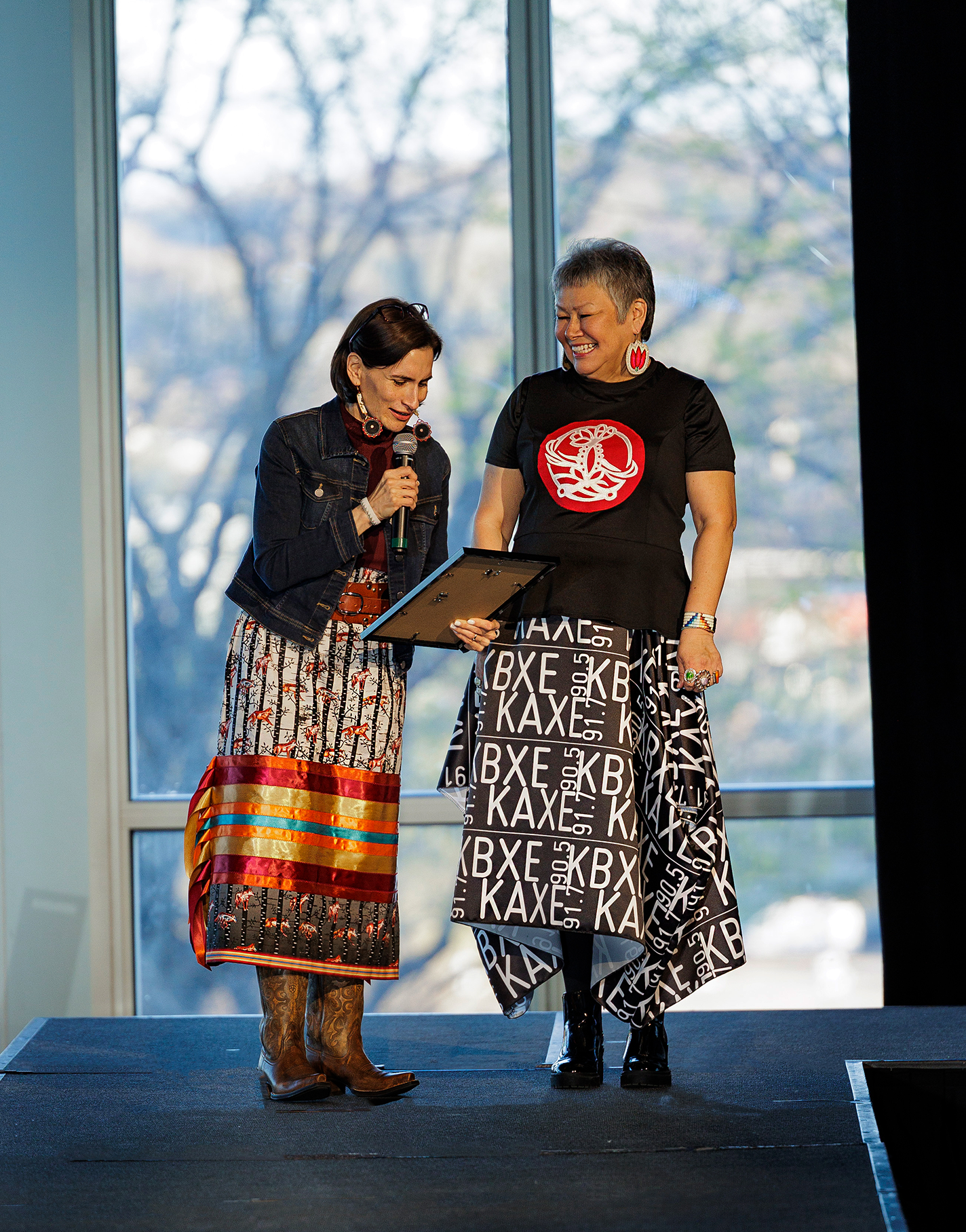
The fifth Native Nations Fashion Night included an official Minnesota state proclamation from Lt. Gov. Peggy Flanagan (White Earth Band of Ojibwe) and event founder and producer Delina White (Leech Lake Band of Ojibwe).
